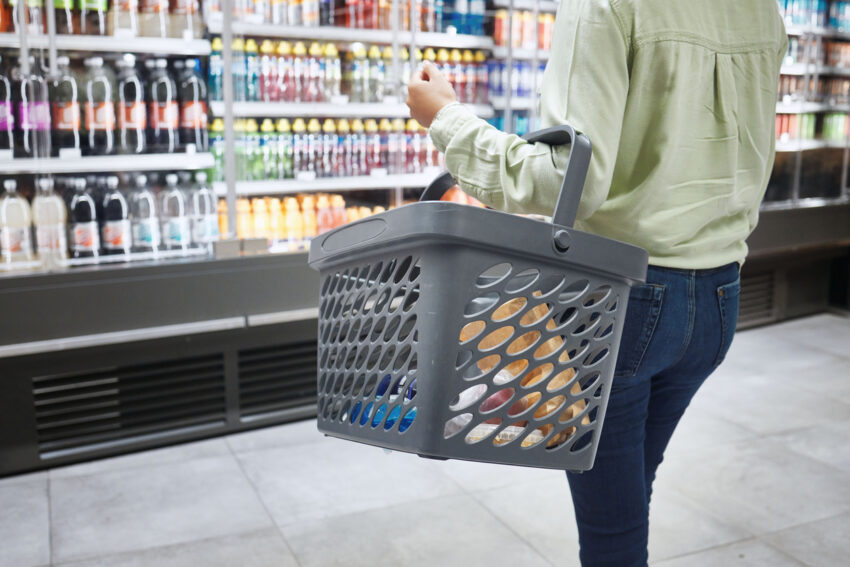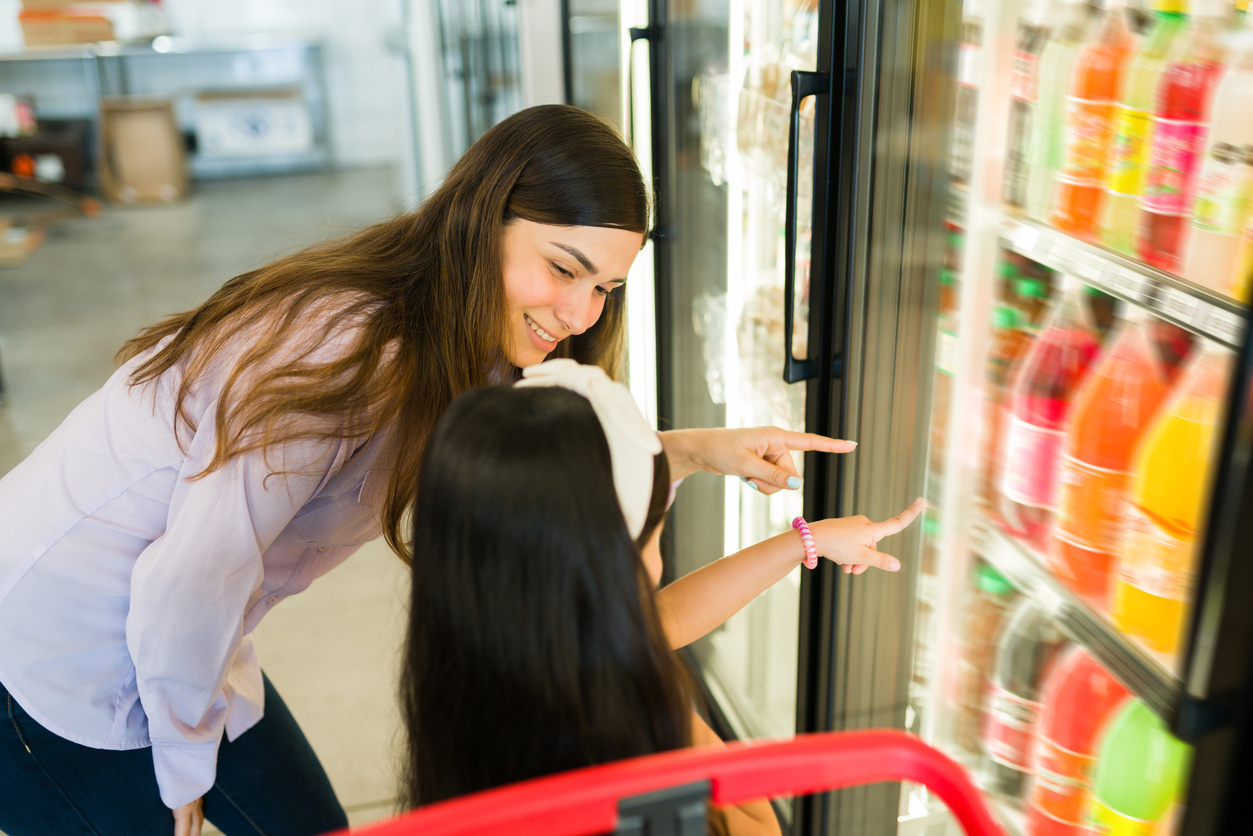
Share On Social!
Recently, the FDA sought public comment on strategies to reduce added sugar consumption.
Sugary drink consumption, which is heavy among Latino children, represents a large portion of the added sugar intake in the diets of Americans. This increases risk of obesity and disease.
Salud America! created a model comment that people could submit to FDA to share five pediatrician-approved ways to limit sugary drink consumption among children!
Comments were due Jan. 22, 2024.
Update 1/24/24: Salud America! members submitted 260 of the 418 comments that FDA received to reduce added sugars and limit sugary drinks in the American diet!
View the Salud America! Model Comment to Reduce Added Sugars, Sugary Drink Consumption
Greetings,
I applaud FDA for seeking public input on reducing added sugar consumption in the American diet.
Reducing added sugar consumption is especially important for the Latino population, which faces inequitable environments for healthy food and drinks (salud.to/sugarresearch and salud.to/foodres). Data show that children and teens consume 17% of their calories from added sugars—half from sugary drinks (salud.to/sugaryaap). This is far more added sugar consumption than the recommended limit (10%) in the U.S. Dietary Guidelines for Americans. Overconsumption can contribute to obesity and disease.
 I urge FDA to consider five public health strategies recommended by the American Academy of Pediatrics and the American Heart Association:
I urge FDA to consider five public health strategies recommended by the American Academy of Pediatrics and the American Heart Association:
Sugary drink taxes. Local, state, and national policymakers could consider raising the price of sugary drinks. Raising the price has shown to reduce consumption (salud.to/fewerdrinks) and create revenue for health programs (salud.to/sodataxhealth). Use a calculator to estimate revenue on taxing sugary drinks (salud.to/sdtcalc).
Decrease sugary drink marketing. Federal and state governments could support efforts to decrease sugary drink marketing to children and teens. Counter-marketing could help. A toolkit aims to empower Latino parents to not buy fruit drinks (salud.to/truth).
Remove sugary drinks from children’s menus. Healthy drinks, such as water, could be the default beverages on children’s menus. 44% of the top 200 restaurant chains still offer soda or other sugary drinks, according to a recent study (salud.to/drinks).
Add credible nutritional labeling on sugary drinks. Families need ready access to credible nutrition information on sugary drinks. This includes menu labeling (salud.to/MenuLabeling) of added sugars (bit.ly/3TIABgV).
Have hospitals model healthier drink options. Hospitals can serve as a model to limit or discourage purchase of sugary drinks. A Boston hospital removed sugary drinks years ago (bit.ly/48CHLYf). Hospitals also can implement sugary drink screening in electronic health records (bit.ly/4aFKIZU).
I believe these five strategies will help reduce sugary drink consumption, especially among communities of color and people in areas with food insecurity.
What’s Next for Added Sugars?
The FDA sought your comment as part of a virtual public meeting on how to reduce added sugar consumption.
 They especially wanted comments on:
They especially wanted comments on:
- Specific actions the food industry could take to achieve added sugars reduction in the foods they provide.
- Opportunities for the public and private sectors to work together to achieve added sugars reduction.
- Innovative, successful policies and strategies that the food industry (e.g., manufacturers, restaurants, etc.) or communities are using to help reduce consumption of added sugars.
- Culturally appropriate strategies and sensitivities should be considered when addressing added sugar overconsumption in those populations.
Public comments are critical because they help federal officials learn the potential impact of a proposed guideline or regulation, according to Unidos US. Participating in the rulemaking process allows you or your organization to shape federal programs and the rules that govern.
Take other action for health equity!
By The Numbers
74
percent
of Latino kids have had a sugary drink by age 2 (vs. 45% of white kids)



